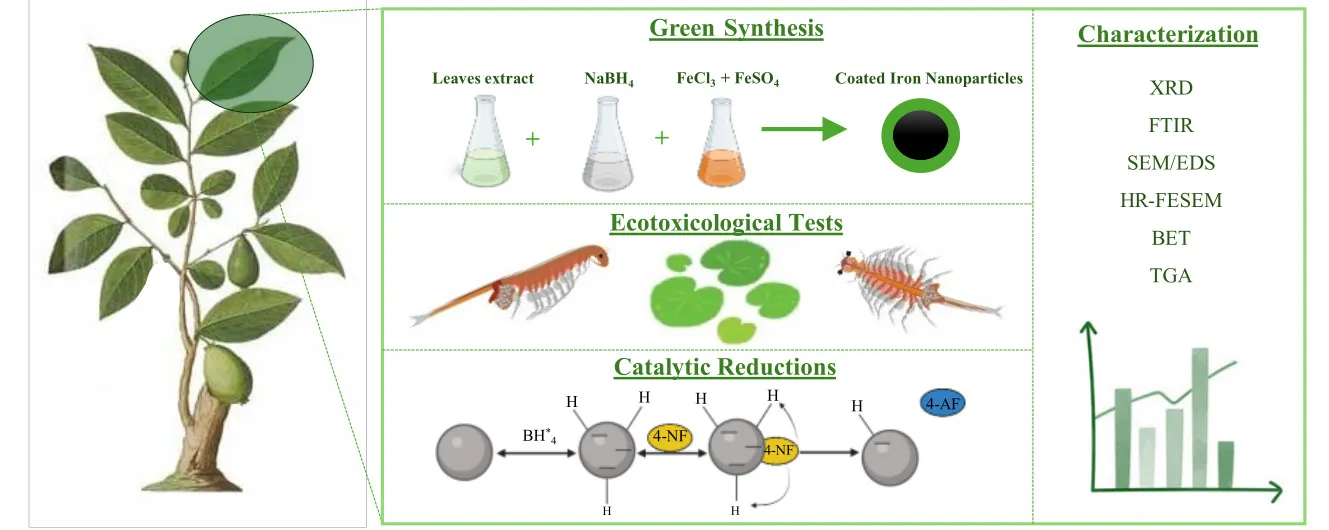Artiles
Open Access
Editorial
22 October 2025
Open Access
Review
22 October 2025Beyond Genetics: Exploring Aspects of Non-Biological Kinship in Prehistoric Times
This article explores alternative ways of conceptualizing kinship in prehistoric contexts beyond the confines of genetic reductionism. While ancient DNA research has revitalized interest in the archaeology of kinship, it often privileges patrilineal or matrilineal models and risks obscuring forms of relatedness not grounded in biological ties. Drawing on comparative anthropological models and archaeological case studies, the paper highlights the complexity of kinship as manifested in practices of adoption, fosterage, commensality, co-residence, and non-biological affiliation within (non)nuclear households. By integrating socio-cultural, economic, and material dimensions, it demonstrates the diverse methodological and theoretical approaches necessary to move beyond descent-centered reconstructions. The discussion advocates for an interdisciplinary framework that challenges reductionist assumptions and opens new avenues for understanding relatedness in the deep past. Finally, the article emphasizes the village as a unit of analysis within a multi-scalar approach. It presents future directions and archaeological correlates of adoption, child circulation, and fosterage derived from archaeological, genetic, and ethnographic evidence.

Open Access
Commentary
20 October 2025Sulfatide Inhibits Growth of Fibroblasts and Is a Potential Treatment against Fibrosis
Fibrosis of vital organs such as the lungs, liver, and kidneys is a serious condition without effective causal treatment. Here, we suggest the use of the sphingolipid sulfatide and its isoform C16, which we have found to inhibit the growth of fibroblasts. In the lungs, sulfatide can be easily administered via an inhalation spray. Alternatively, fenofibrate, an anti-cholesterol drug with no major side effects, may be used, as it enhances the body’s own production of sulfatide.
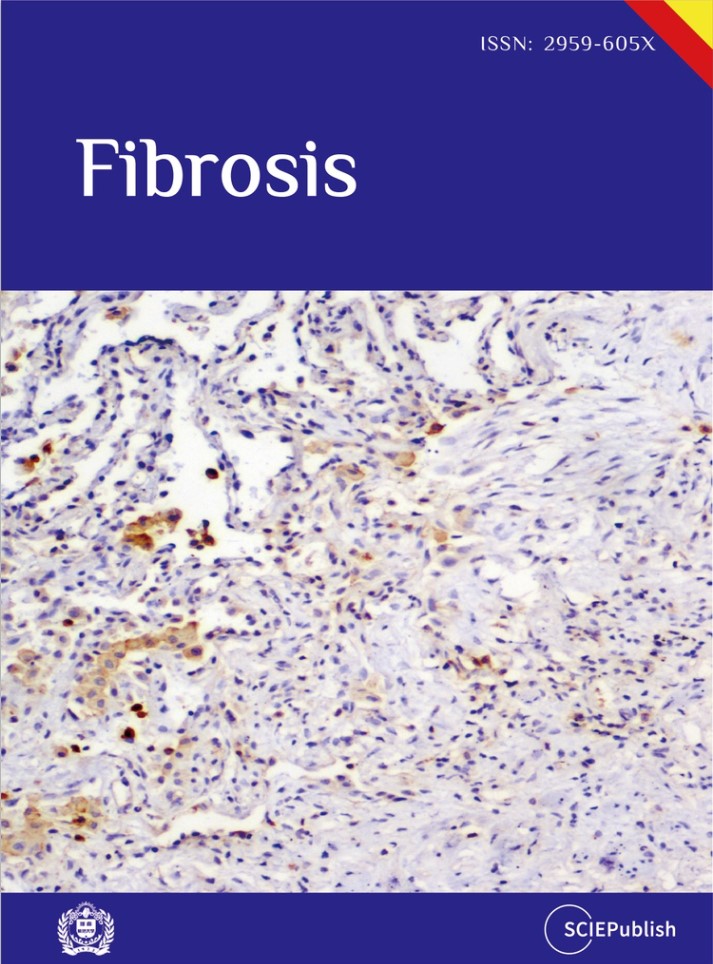
Open Access
Article
20 October 2025Divergent Aging Mechanisms of Calcium Arsenic Residue under Dry-Wet and Freeze-Thaw Cycles: Toxic Metal Mobility, Multiscale Physicochemical Characterization, and Escalated Ecological Risks
This study investigates the long-term mobility and ecological risks of As, Zn, and Cd in calcium arsenic residue (CAR) under simulated dry-wet (DW) and freeze-thaw (FT) cycles. Accelerated aging experiments, combined with multiscale characterization (XRD, XPS, SEM, FTIR), revealed distinct transformation mechanisms. DW cycles promoted carbonate-driven dissolution, As(III) oxidation to As(V) (resulting in an 18.4% increase in As(V) as shown by XPS), and sulfide oxidation (with reductions of 47.7% in ZnS and 15.08% in CdS). These processes increased the acid-soluble metal fractions (F1: As by 11.3%, Zn by 6.0%, and Cd by 8.7%) and metal release rates (52.39% for As, 42.63% for Zn, and 68.55% for Cd under DW conditions). In contrast, FT cycles induced mechanical fracturing and ice-mediated stabilization, which limited ion migration, partially amorphized ZnO, and promoted the precipitation of Cd(OH)2. Ecological risk assessments indicated rising risks, with integrated potential ecological risk indices (IPER) reaching 11,187.85 under DW conditions and 10,668.29 under FT conditions, with arsenic contributing over 80%. The Risk Assessment Code (RAC) reclassified all metals into moderate-risk categories (As: 11.9–19.7%, Zn: 9.4–15.2%, Cd: 12.1–18.6%). Weibull modeling (α = 6.98–10.98, R2 > 0.96) described the nonlinear kinetics, showing that cadmium aged the fastest (λ: Cd > As > Zn), with delayed but persistent risks under FT conditions. These results underscore the importance of developing climate-resilient stabilization strategies. The integrated framework combining mineral evolution, kinetics, and risk forecasting offers significant insights for managing legacy CAR pollution under changing climate conditions.
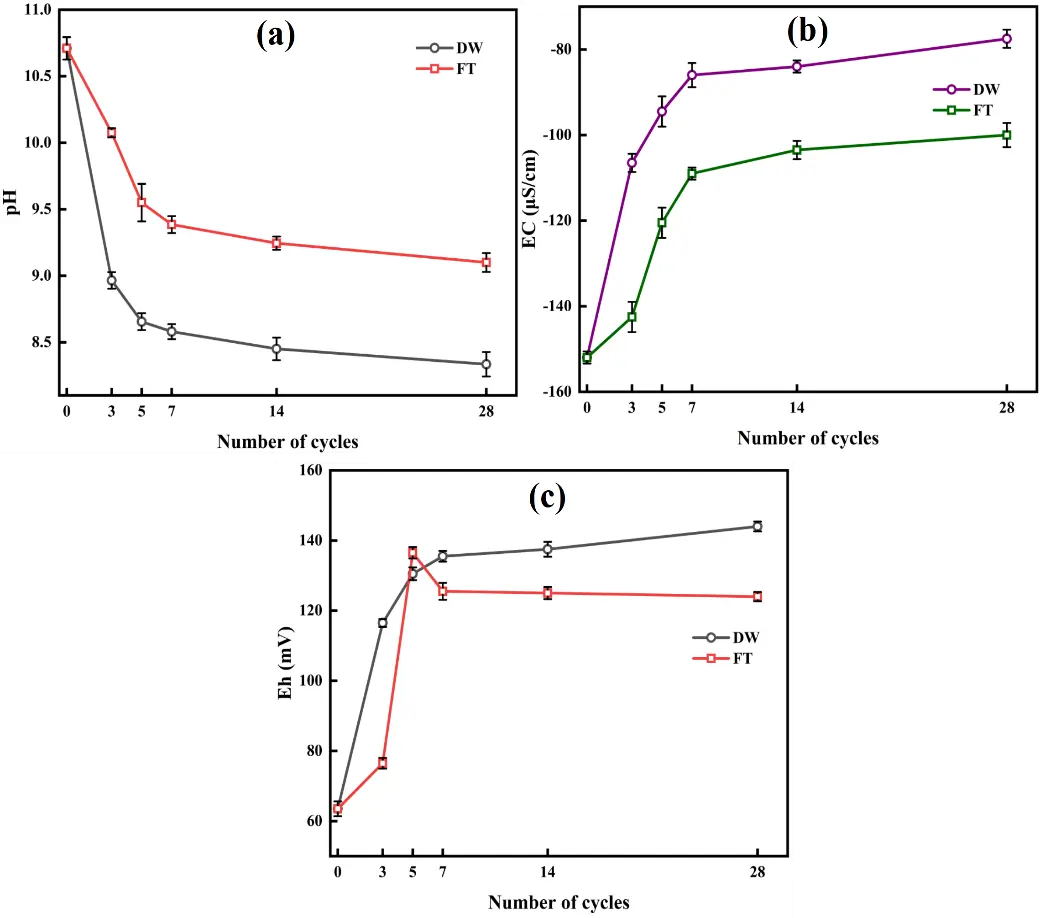
Open Access
Article
17 October 2025Enhancing Ablation Resistance of C/C-HfC-SiC Composites by In-Situ Growth of HfC Nanowires
C/C-HfC-SiC composites are promising ablation-resistant ultra-high temperature thermal protection materials. To further enhance their performance in extreme thermal environments, the introduction of HfC nanowires (HfCNWs) into the composite has been identified as an effective strategy. The quantity and morphology of the introduced HfCNWs significantly influence the ablation resistance of the composites. In this study, by controlling the concentration of Ni salt during the hydrothermal synthesis process, the loading amount of Ni catalysts on the surface of carbon fibers was regulated, thereby achieving control over the quantity and structure of HfCNWs in the C/C-HfC-SiC composites. It was found that a low Ni loading facilitates the growth of sparse and slender HfCNWs. As the Ni loading increases, the number of HfCNWs rises, gradually evolving into a high-density, multi-oriented network structure. However, excessive Ni tends to induce short, thick, and clustered growth of the nanowires. Based on this, three types of HfCNWs-modified C/C-HfC-SiC composites were prepared using the polymer impregnation and pyrolysis (PIP) process. The quantity and diameter of the HfCNWs significantly affect the ablation resistance of the composites. Among them, the composite prepared with a 4.38 wt% Ni loading exhibited excellent ablation resistance, with mass and linear ablation rates of 0.47 mg·s−1·cm−2 and 5.50 μm·s−1, respectively. The performance improvement is attributed to the formation of a continuous HfO2 skeletal structure after the oxidation of an appropriate amount of HfCNWs. This continuous HfO2 skeleton significantly enhances the ability of the oxide layer to resist high-speed gas flow erosion and oxygen penetration. This study can provide support for the design of HfCNWs-reinforced C/C-HfC-SiC composites and promote their engineering application in the field of aerospace thermal protection.
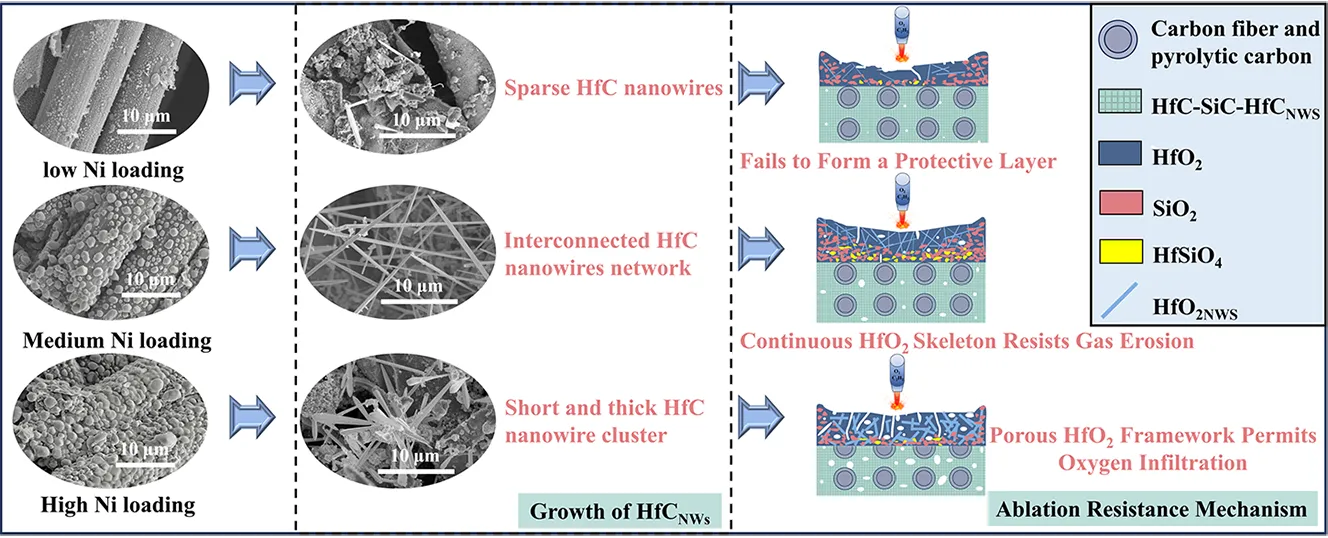
Open Access
Article
17 October 2025Bioenergy Technology and Carbon Intensity in U.S. and China: Threshold Roles of Capital Accumulation, Education and Inequality
Bioenergy technology holds significant promise for reducing carbon intensity and fostering sustainable development, yet its impact remains unclear. This article employs both a panel threshold model and a random forest model, analyzing data from the primary administrative regions in the United States and China to explore the threshold effects and regional heterogeneity of bioenergy technology on carbon intensity, where the bioenergy technology is measured using patent data. In the United States, the impact of bioenergy technology on carbon intensity initially shows a positive effect, which later turns negative as per capita capital stock increases. The technology’s inhibitory effect strengthens with higher levels of education but becomes insignificant as the Gini coefficient rises. In China, increasing per capita capital stock shifts the impact of bioenergy technology from negative to insignificant, while higher education levels enhance its inhibitory effect. The Gini coefficient, however, does not significantly affect the impact of technology. Additionally, these threshold effects exhibit notable regional variations. The study provides cross-country evidence of how institutional and structural conditions shape the carbon mitigation effects of bioenergy technology, offering practical insights for policies that combine trade facilitation, education, and inequality reduction with low-carbon energy transitions.

Open Access
Meeting Report
16 October 2025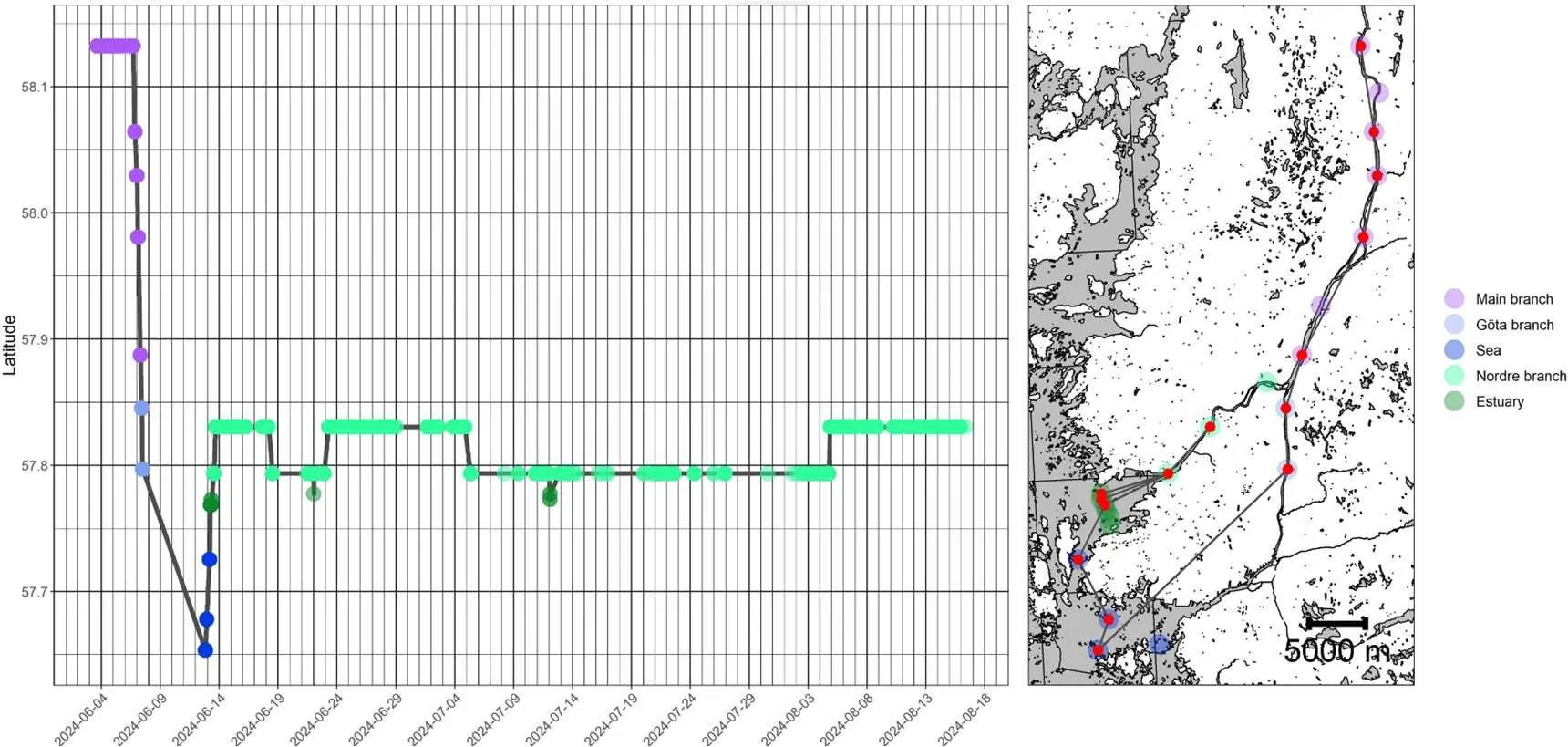
Open Access
Article
14 October 2025Electrical Characterization, Optical Micrographs, and the Compositional Analyses of Al-Glass/C-Glass Composites
This report shows the resistance (r) of Carbon-Glass composites and the Current/Voltage (I-V) characterization of Al-Glass composites. The optical micrographs and elemental determination of Carbon-Glass and Al-Glass are in this record. The effects of pressure and the influence of particle size on the electrical properties of these composites are included. The sample area, thickness range, and particle size are respectively 34.0 × 35.0 mm2, 20.8–22.10 mm, and 100 µm. The constituents of the same particle size were made into solids by applying a pressure of 30 MPa. The results obtained from examinations showed that the composition of Al in glass, compaction pressure, and particle size significantly influenced the resistance and the electrical I-V relationship of the compacted materials. The electrical properties of samples are within the range of 10–50% weight of Al in composites, and 0–100% weight of carbon in composites. The resistance of Carbon-Glass is sinusoidal with Mega Ohms values. The current variation of Al-Glass composites is also a sine wave in the I-V display, which is between 0 and 10 µA. The Current-Voltage notation is with sinusoidal resolution for Al-Glass composites. The voltage range is from −0.5 V to 1.0 V.
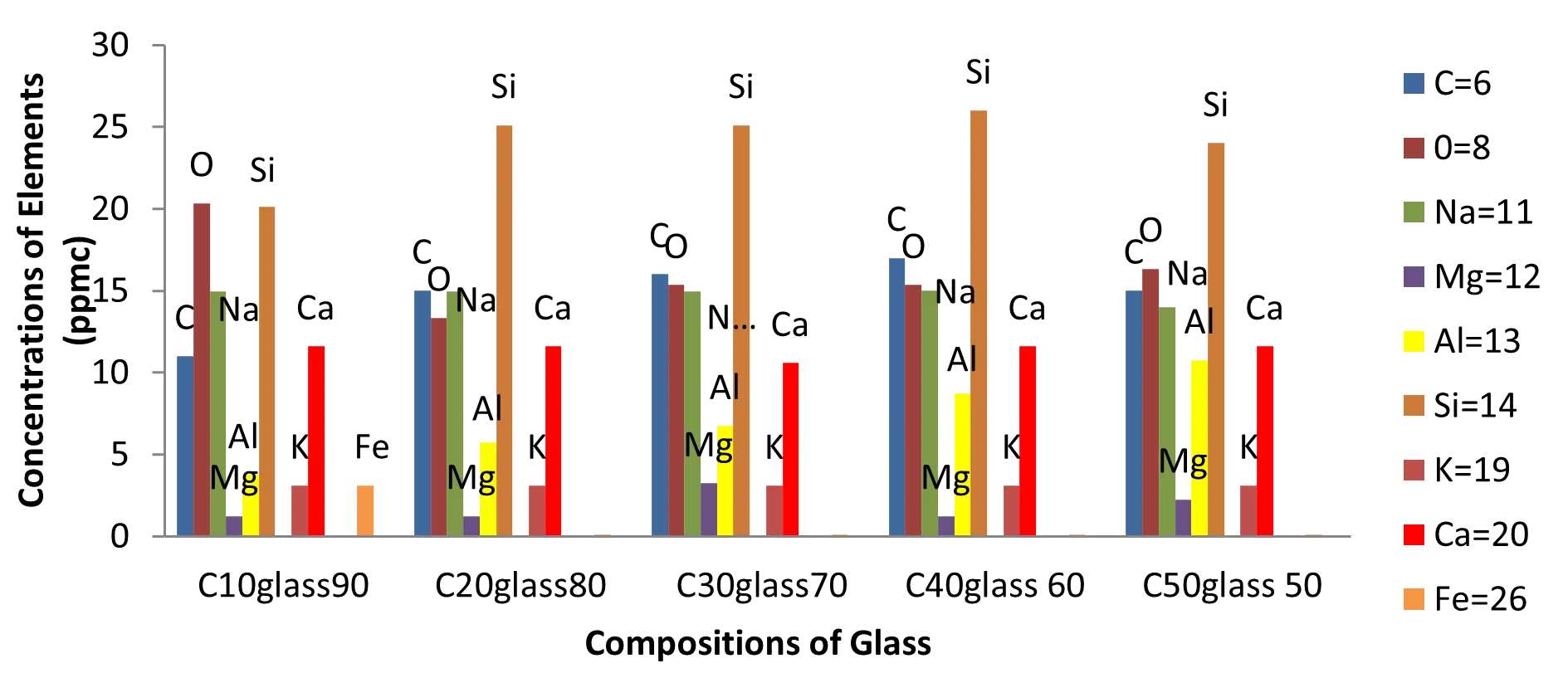
Open Access
Review
11 October 2025Evolutionary Game Theory for Sustainable Energy Systems: Strategic Bidding, Carbon Pricing, and Policy Optimization for Clean Energy Development
As the world transitions toward a low-carbon economy, carbon pricing mechanisms, including carbon taxes and emissions trading systems, have emerged as fundamental policy instruments for reducing greenhouse gas emissions, particularly within the electricity sector. This comprehensive review examines the impact of these mechanisms on energy market dynamics through the analytical framework of evolutionary game theory (EGT), modeling strategic interactions among power generation companies, renewable energy firms, and regulatory authorities. Our analysis demonstrates that carbon pricing systematically increases operational costs for fossil fuel-based power plants while simultaneously providing competitive advantages to renewable energy producers, accelerating the adoption of cleaner energy technologies. The study emphasizes the critical role of coordinated policy interventions, including subsidies, penalties, and green certificate systems, in facilitating the adoption of clean technologies and optimizing market transition pathways. These findings underscore the importance of well-designed policy frameworks that align economic incentives across all stakeholders to drive sustainable energy system transformation. Additionally, this research demonstrates how EGT can effectively model the strategic bidding behavior of energy firms, providing valuable insights for optimal decision-making under carbon pricing fluctuations. Through comprehensive case studies and simulation analysis, the paper illustrates how firms can leverage evolutionary strategies to optimize investments in clean technologies, enhance inter-firm cooperation, and stabilize market dynamics. This work further explores future research directions, particularly the integration of machine learning and real-time data analytics with EGT to enhance predictive capabilities and strategic decision-making processes. By establishing connections between EGT and real-world energy market dynamics, this study provides a robust analytical framework for understanding long-term behavioral trends in energy markets. The results contribute significantly to the interdisciplinary literature at the intersection of game theory, energy policy, and sustainability science, offering valuable insights for policymakers, researchers, and industry leaders advancing clean energy transition strategies.
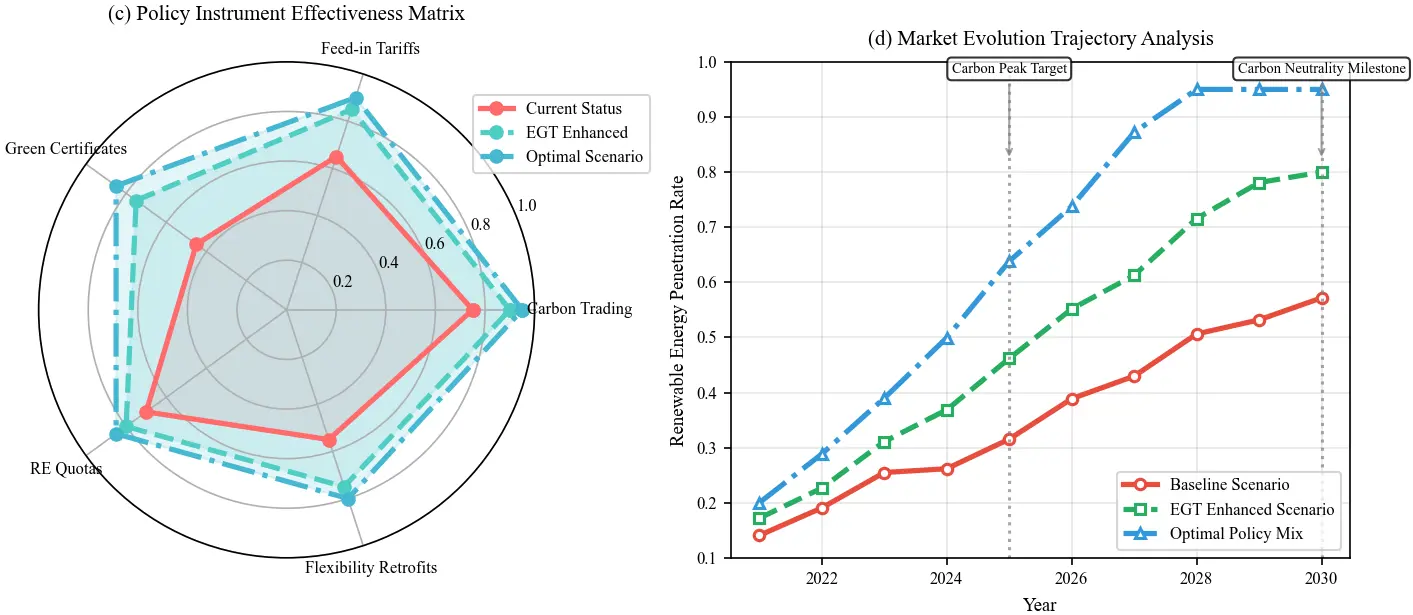
Open Access
Article
11 October 2025Catalytic Potential of Green-Synthesized Iron Nanoparticles from Psidium guajava for 4-Nitrophenol Reduction
This study presents a sustainable approach for the green synthesis of iron nanoparticles (Fe(NPs)) using an aqueous extract of Psidium guajava (guava leaves) as a reducing and stabilizing agent. The FeNPs were applied in the catalytic reduction of 4-nitrophenol. To minimize the use of sodium borohydride (NaBH4), different volumetric ratios of plant extract and NaBH4 were tested. The influence of these ratios on the physicochemical and morphological properties of the FeNPs was evaluated using X-ray diffraction (XRD), scanning electron microscopy with energy-dispersive X-ray spectroscopy (SEM/EDS), high-resolution field-emission SEM (HR-FESEM), Fourier-transform infrared spectroscopy (FTIR), thermogravimetric analysis (TGA), and N₂ physisorption. Increasing the proportion of plant extract led to reduced crystallinity, larger particle sizes, and lower surface areas. Despite these changes, using up to 40% extract improved catalytic performance, achieving over 90% reduction of 4-nitrophenol. Ecotoxicological assessments confirmed the biocompatibility of the FeNPs, the effective neutralization of 4-nitrophenol toxicity post-reduction, and highlighted the inherent toxicity of NaBH4. These findings demonstrate the potential of Psidium guajava-mediated FeNPs as eco-friendly catalysts for pollutant reduction, combining efficiency with reduced environmental impact.
